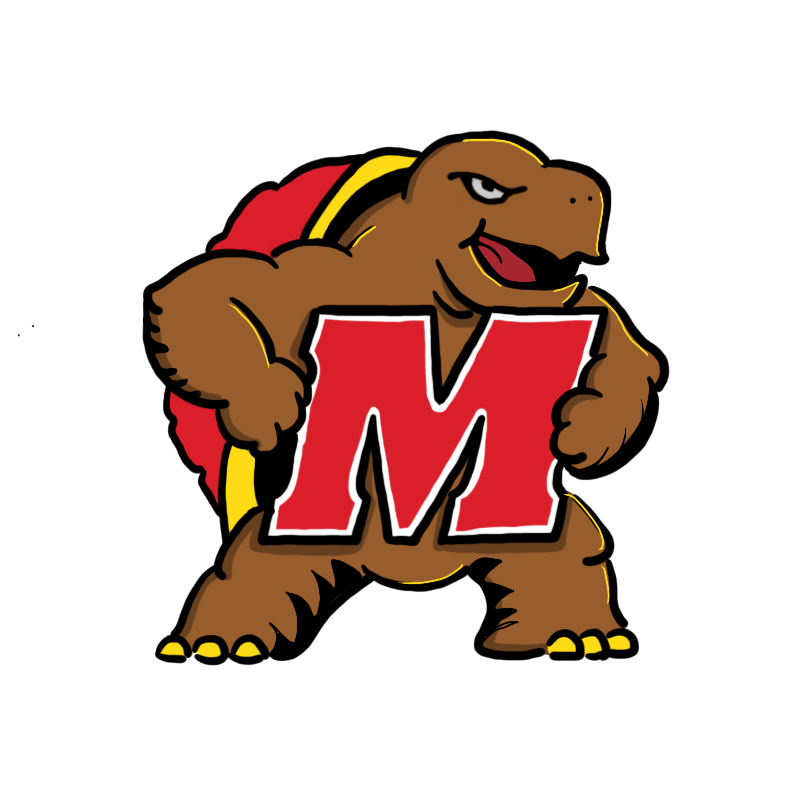Breaking down UMD’s increasing rejection rates
The University of Maryland is a public university that was founded in 1856. It is a member of the Big Ten Conference.
April 11, 2023
The University of Maryland, located in College Park, attracts tens of thousands of students each year. It is ranked as the second best school in the state of Maryland.
UMD currently holds 30,922 undergraduate students, over 122 sports teams and has a 47 percent minority enrollment in its diverse student population.
Senior Michelle Yuen completed all her credits with the help of her counselor and thus had the ability to graduate a year early.
“Maryland was definitely my top choice of the schools I applied to,” Yuen said.
During the 2019-2020 cycle, the university transitioned to the Common App as a new way to oversee applications. This led to an increase of 56% in applications, creating a record-high number for the school, according to data from The Diamondback. In the fall of 2021, UMD accepted over 20,000 students, which was about 4,000 more than in 2020.
The usage of the Common App extended the university’s reach nationwide and altered the application rates between in-state and out-of-state students.
UMD is the top destination for many graduating seniors at RM. In 2011, 60% of RM applicants were accepted. But in the past five years, the number of applicants has steadily increased from 220 to 361 applicants while the acceptance rate has remained largely static.
Out-of-state tuition at $38,636 is almost three times the in-state tuition, $10,955. Therefore, admissions officers shift gears towards non-Marylanders as a way of increasing profit and welcoming new student populations.
Due to the growing numbers of applicants, the university has reduced its acceptance rate. In 2022, the university lowered its acceptance by 23.8%, making it difficult for in-state students to get admitted. Some colleges practice “yield protection” by not admitting qualified candidates that are unlikely to attend their institution. This technique of lowering acceptance rates in order to increase yield rates boosts schools in the national college rankings, and can attract funding and faculty members.
“I get that they’re trying to not accept tons of in-state kids but I know tons of really qualified people who didn’t get in,” senior Genevieve Cowl said.
This poses a threat to high school seniors. The higher rejection rate dissuades students from applying and creates additional anxiety around the application process.
This year, UMD rejected a large number of in-state students. Many found the selection process significantly more selective in comparison to previous years.
“The admissions process seemed random… I know people who didn’t get in,” Cowl said.
Despite the increasing rejection rates, students can always take advantage of different opportunities throughout their high school careers to increase their own chances of getting admitted.
Leadership positions, community service and commitment to activities can help boost an application. Although test scores and grades are still required on applications, “test optional” has become a new factor spreading through institutions. This allows students to focus more on talents and hobbies.
There are dozens of clubs and sports teams within RM itself for students to expand their interests. For the environmentally-conscious, the climate club organizes tree planting fundraisers. For the civic minded, mock trial and model UN offer diplomatic discussion. Athletes can work hard and play hard year round through fall, winter, and spring sports.
There are also thousands of other colleges to consider as well.
“Don’t consider UMD as your absolute fallback plan, and get as many leadership positions as you can,” Yuen said.



